According to medical statistics, in Russia, about 20% of men and more than 40% of women suffer from varicose veins. A barely noticeable mesh on the skin is replaced by subcutaneous nodes, which periodically swell and hurt.
One of the progressive modern methods of treating a disease in a severe stage is the laser removal of veins in the legs. This is one of the most reliable and minimally traumatic ways to cope with varicose veins completely.
When is an operation indispensable?
Varicose veins are changes in the walls of venous vessels, which are irreversible, negatively affecting the provision of blood flow to many vital human organs. Usually, the diagnosis uses the classification of stages developed by the famous phlebologist V.S. Soloviev.
According to her, 4 stages can be observed in the disease:
- Stage I - compensation. At this stage, external symptoms are almost completely absent, however, the venous vessels are already subject to increased stress. One of the manifestations of the initial stage of varicose veins is fatigue, swelling of the legs at the end of the day, periodic cramps.
- Stage II - subcompensation. The pathological process is gaining momentum, and symptoms such as spider veins, skin itching, severe swelling, which suffer not only in the evenings, but also during the day, appear.
- Stage III - decompensation. The process of transition of varicose veins to the third stage takes very little time. Puffiness by that time is already permanent, the skin changes color, itching intensifies, trophic ulcers appear. There are frequent complications in the form of thrombophlebitis and deep vein thrombosis.
- Stage IV - the extreme degree of venous insufficiency. With her, ulcers capture a large area of the skin of the legs, veins expand and act as "clusters". There are abnormalities in the work of the heart, and the patient requires urgent hospitalization and emergency treatment.
Laser removal of leg veins is recommended at the initial stage, when the veins have a lumen of no more than 1 cm, and the first trophic changes are observed in the area of the skin. However, this procedure is often used in more severe stages of varicose veins.
Laser treatment for varicose veins in the legs
The essence of the procedure for laser removal of veins (laser coagulation) is the principle of sealing. The laser "glues" or "seals" a diseased venous or capillary vessel, thus destroying its structure and removing it from the system of general blood flow. The method almost does not involve injuries to the skin and muscle tissue (incisions) and takes only 30-40 minutes on an outpatient basis.
Conventionally, laser coagulation can be divided into 2 stages:
- Laser action on the subcutaneous venous vessel, with dysfunction of the valves.
- Impact on the tributaries of the main venous vessels, which are the cause of the "disfigured" legs.
At the end of the coagulation procedure, blood circulation passes only through healthy veins, and the patient feels significant relief within a day.
In most cases, varicose veins affect women after 40 years. Along with the consequences, they are worried about the unaesthetic appearance of their own legs, which they have to hide under trousers and long clothes. The ability to solve the problem in the shortest possible time and restore the appearance with minimal risks is one of the main advantages of the method.
Benefits of laser treatment for varicose veins
Laser removal of leg veins is in demand due to the many benefits of coagulation.
These include:
- Lack of surgical intervention, which means large incisions, scars and scars, which is typical for surgery. Also, after the procedure, there are no hematomas or bruises.
- Local anesthesia is much more gentle than general anesthesia. At the same time, it makes the procedure absolutely painless. The patient does not experience any discomfort.
- The rehabilitation period is no more than a week. It does not provide for a pastel mode and minimally restricts the patient's daily activities.
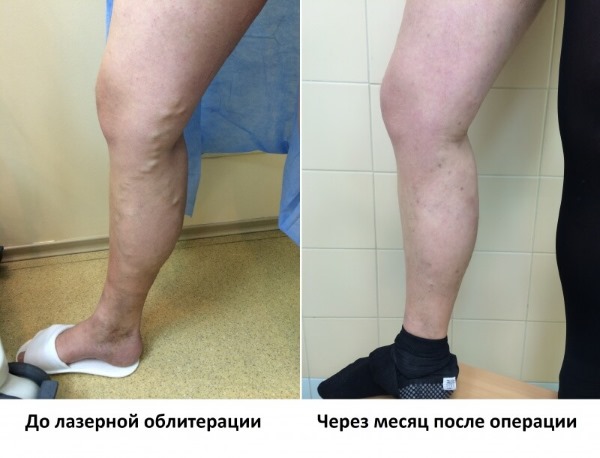
- Each stage of the operation is carefully monitored, which guarantees complete safety of the entire procedure as a whole.
- According to statistics, 98% of patients recover completely after surgery without consequences and relapses.
- The absence of side effects is also an indisputable advantage of the laser coagulation method.
- The method of laser removal guarantees not only a complete solution to the problem of varicose veins, but also makes it possible to feel the result of the procedure the next day after the operation.
Disadvantages compared to other methods
Laser coagulation, like any type of medical intervention, has a number of disadvantages. However, the advantages of the procedure far outweigh the disadvantages. The disadvantages include complications, which in rare cases were recorded in patients.
Among them are:
- Temporary sensory disorder of the lower limb.
- In rare cases, hematoma or bleeding. Most often this happens due to the little experience of a specialist with the equipment.
- Thrombophlebitis, spread of infections and phlebitis. This result most often happens when the patient is predisposed to blood clots and low immunity.
- Slight pigmentation of some areas of the skin.
- Light pain sensations arising from increased sensitivity or poor-quality anesthesia.
Sometimes there was hyperthermia, tension of the veins, passing within 20-30 days. Also, experts recommend giving up sunburn and solarium for a month after the operation.
Features of laser vein removal
When carrying out the laser coagulation procedure, 2 types of exposure are used. Each of them has its own advantages and disadvantages. Only a phlebologist can determine the optimal method and recommend it to the patient on the basis of preliminary examination data and test results.
Endovasal laser coagulation (EVLK)
EVLK is a contact method in which there is a thermal effect on the cells of the inner surface of the venous vessels. At the moment the laser is applied, the process of blood thickening and the formation of steam bubbles in it begins, as a result of which a thrombus is formed, which glues, and then finally "seals" the vessel.
The indications for the use of this method are:
- vessel lumen less than 10 mm;
- smooth course of the saphenous vein;
- a small number of treated veins.
Percutaneous laser coagulation
With this method, there is no direct contact with the vein.However, the walls of the venous vessels are warmed up to 70 ° C, resulting in adhesion of the vein walls. Application of this method does not require long preliminary preparation.
The indications for the procedure are:
- the lumen of the veins is less than 3 mm;
- the presence of spider veins on the skin.
In rare cases, side effects are observed in the form of edema or changes in skin tone to a lighter (almost white) one. But this passes over time.
Indications
The decision on the appointment and conduct of the laser coagulation procedure is made only by a phlebologist.
The main indications are:
- varicose veins with a lumen of less than 10 mm;
- the presence of spider veins;
- violations of the process of cellular nutrition in the lower leg;
- dilated tributaries of the main veins.
In any case, to make a final decision, the specialist must familiarize himself with the results of a complete examination.
Contraindications
Laser removal of leg veins can harm a patient's health in some cases. These contraindications can be roughly divided into absolute and relative.
Absolute contraindications include:
- thrombophlebitis and the body's tendency to form blood clots;
- a high degree of damage to the walls of venous vessels;
- the chronic nature of circulatory disorders in the lower extremities.
During the procedure under these conditions, there is a high probability of massive thrombosis.
Among the relative indications are:
- inflammatory processes in the area of the skin;
- relapse of chronic diseases;
- high degree of obesity;
- atherosclerosis;
- pregnancy and lactation;
- heart disease;
- inability to use compression underwear during the rehabilitation period.
Laser classification for surgery
Laser removal of large veins in the legs involves the use of EVLK. To work with capillaries located at the very surface of the skin layer, other 2 types of lasers are used: neodymium and diode.
Features:
- Diode laser it is used when removing small capillaries with a lumen of up to 1.5-2 mm. For the greatest effect, it is necessary to conduct 3-4 sessions with intervals between procedures not exceeding 4 weeks.
- Neodymium laser It is used to eliminate spider veins and veins with a lumen of up to 3 mm. It requires fewer sessions - from 2 to 4, with a break of 3-6 months, depending on the individual characteristics of the patient. Local anesthesia or anesthetic creams are used to relieve pain before the procedure.
Preparing for surgery. Analyzes and preliminary examination
Preparation for surgery includes taking anamnesis and evaluating the results of clinical trials. During the history, the phlebologist identifies the causes and symptoms of the disease, establishes the approximate period of its course. Also, it is mandatory to determine what conservative treatment the patient underwent before the decision was made about the operation.
Clinical trials to be completed include:
- ultrasound of venous vessels;
- Analysis of urine;
- blood clotting test, RW, as well as a general biochemical analysis.
In the evening on the eve of the procedure, a cleansing enema is prescribed. Do not eat or drink on the day of laser coagulation.
Stages of the operation
Laser surgery to remove leg veins includes the following steps:
- Anesthesia. Local anesthesia is enough to remove all pain. In some cases, a sedative is recommended to the patient. Spinal anesthesia is rarely used, only in exceptional cases.
- Treatment of the skin area with a disinfectant.
- Insertion of a light guide into a damaged vein. For this, a 3-5 mm micro-incision is made. The movement of the light guide in the vessel is controlled by an ultrasonic apparatus.
- Thermal impact. As a result of this, the vessel is adhered and the canals are cauterized.
With percutaneous coagulation, the first two stages are identical, but instead of a puncture, a thermal effect on the skin is used, as a result of which a small burn remains, which passes over time.
Such an operation lasts from 40 to 90 minutes, depending on the area of the lesion. After that, the patient is in the clinic for another 3-4 hours and on the same day he is released home. After 3 days, a postoperative examination of the patient is carried out in order to find out the speed of healing and recovery after the procedure.
Postoperative period
Immediately after coagulation, the patient puts on compression garments, which are recommended to be worn for the next 1.5-2 months.
To achieve the result, the patient needs:
- constantly wear compression underwear;
- take daily walks for at least 3 hours;
- eat healthy foods.
Daily walks contribute to the saturation of blood with oxygen, which has a positive effect on the tone of the venous vessels. In addition, the received moderate physical activity allows the blood to "accelerate", contributing to a faster recovery of the body after surgery.
The patient cannot:
- smoking and drinking alcohol;
- wear uncomfortable shoes or high-heeled shoes;
- be subjected to strong physical stress;
- take medications that affect the elasticity of blood vessels;
- visit the bathhouse, sauna, solarium;
- sunbathe in the sun.
Effects
Like any medical procedure, laser coagulation has a number of consequences for the patient's body and well-being.
After the procedure, the patient may experience:
- slight pain and bruising at puncture sites or the site of a burn;
- a slight increase in body temperature;
- temporary impairment of sensitivity due to the use of anesthesia;
- a feeling of tension in the venous vessels.
All these unpleasant symptoms are a consequence of the operation and go away rather quickly. However, in case of a long-term nature of the consequences, it is necessary to consult a specialist.

 Don't miss the most popular column article: Plasmolifting of the face - what it is, how it is performed, results, photos before and after the procedure.
Don't miss the most popular column article: Plasmolifting of the face - what it is, how it is performed, results, photos before and after the procedure.Possible complications
More serious complications are very rare and are expressed in the following symptoms:
- increasing pain at puncture sites;
- inflammation and growth of purulent foci in the puncture sites with EVLK;
- the appearance of uncharacteristic skin pigmentation;
- muscle pain when walking;
- swelling of the legs.
All these are indirect signs of a disease such as venous thrombosis. In this case, you must urgently consult a doctor.
Compression underwear
It is recommended to wear compression underwear for the first 5 days of the rehabilitation period around the clock. Then you can switch only to daytime wear for 1.5-2 months.
The standard types of compression underwear for varicose veins are:
- tights;
- stockings;
- knee socks.
In some cases, an elastic bandage is used. It is because of the need to use compression underwear that doctors recommend an operation in the cold season, when wearing it does not cause much discomfort.
Where to do the operation and approximate prices
When choosing a clinic for an operation, you need to pay attention not only to the price factor, but also to equipment, qualifications and experience of specialists. The latest equipment guarantees not only the success of the coagulation session, but also the minimal discomfort that the patient will have to experience.
It is worth paying attention to whether the clinic has other methods of treating the disease. According to the majority of specialists in blood vessels and the human circulatory system, the treatment of varicose veins should be comprehensive. Therefore, a one-sided approach is not welcomed by professional phlebologists.
Prices for this service vary not only from clinic to clinic, but also from center to region.
The average cost of a procedure in Moscow is 30-60 thousand rubles, excluding the cost of consulting a phlebologist surgeon and conducting all clinical trials. In some clinics, the price level reaches 80 thousand, but this is rather an exception to the rule.
In the regions, the cost of the operation is lower - 25-40 thousand rubles. However, when performing an operation in a regional clinic, special attention must be paid to the equipment used. The best option is a specialized clinic, where the main profile is precisely the fight against varicose veins.
Also of great importance is the number of operations performed, patient reviews and the period of stay and work of a medical institution in this segment.
The procedure for laser removal of leg veins can be a real salvation for people suffering from varicose veins. Painlessness, minimal trauma and the ability to move almost immediately after the session are the undeniable advantages of the method. For this reason, laser coagulation is such a demanded and popular operation.
Article design: Lozinsky Oleg
Video about laser removal of leg veins
Principle of laser vein removal:
What legs look like 10 days after surgery:

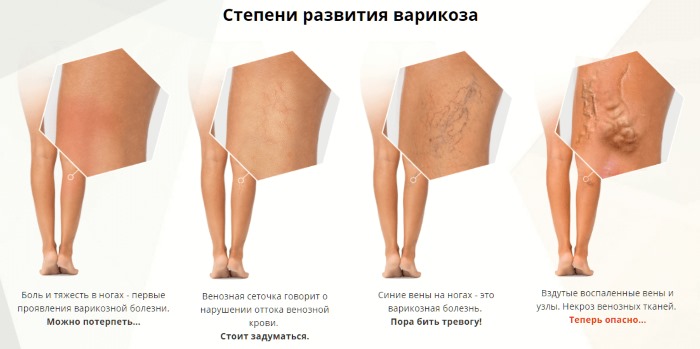
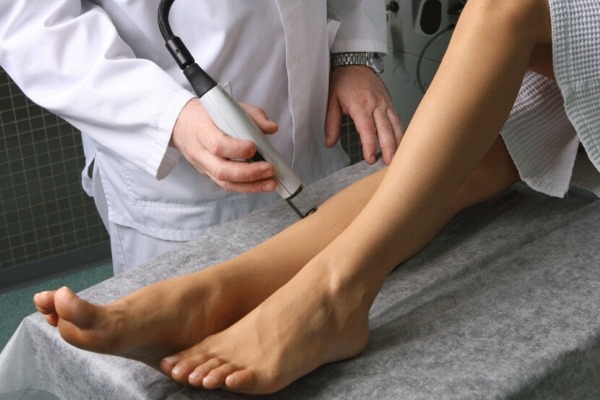
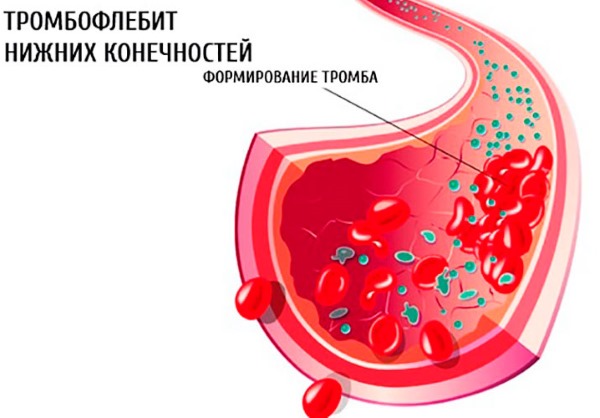

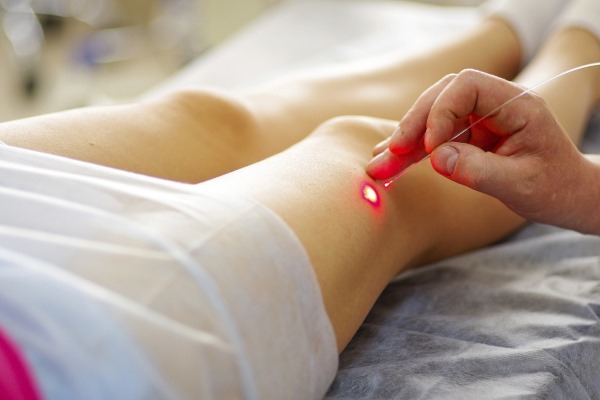
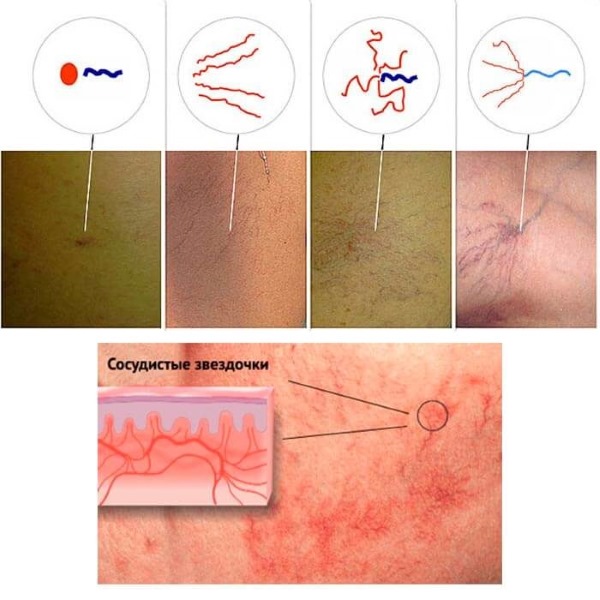
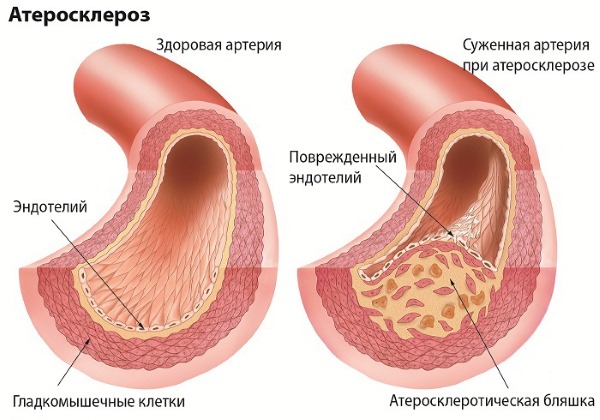
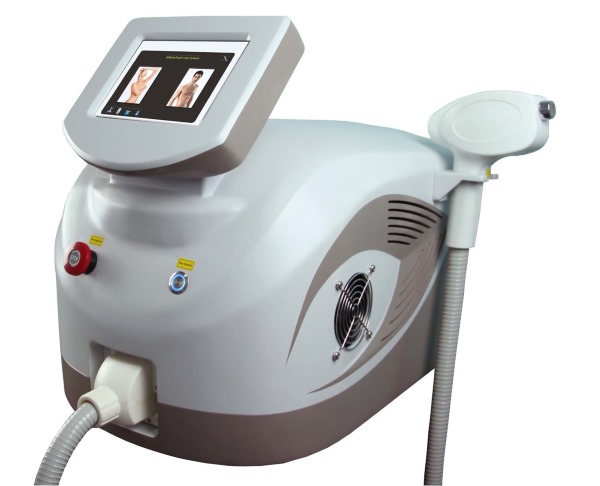
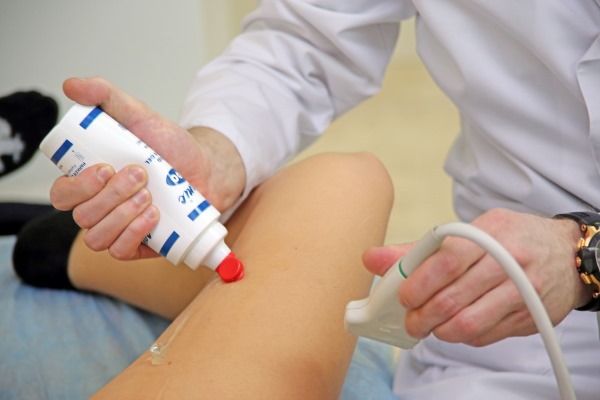
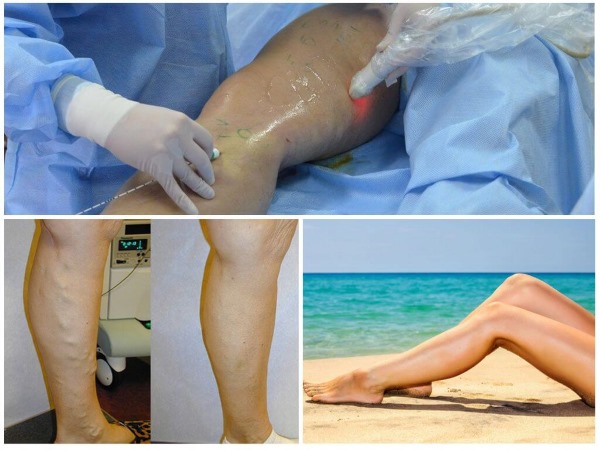
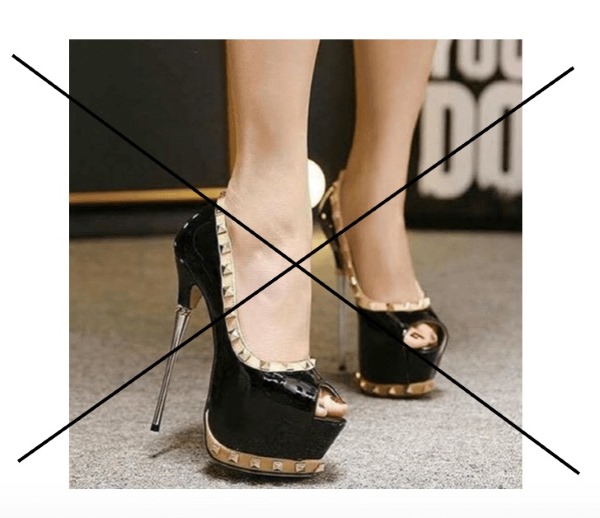
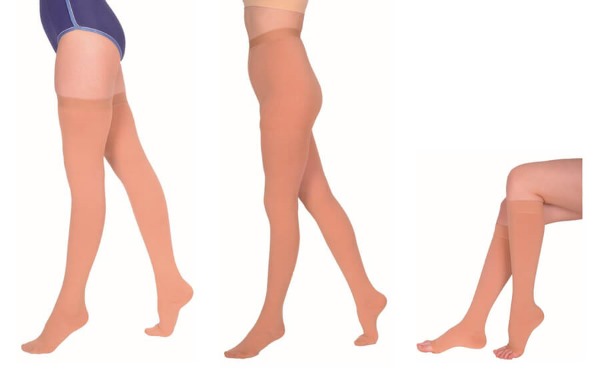
4 years ago I had an operation to remove the veins in my legs. Everything is fine, my legs have become beautiful and no longer bother me. At first, the areas of the removed veins hurt a little, but after that everything went away.